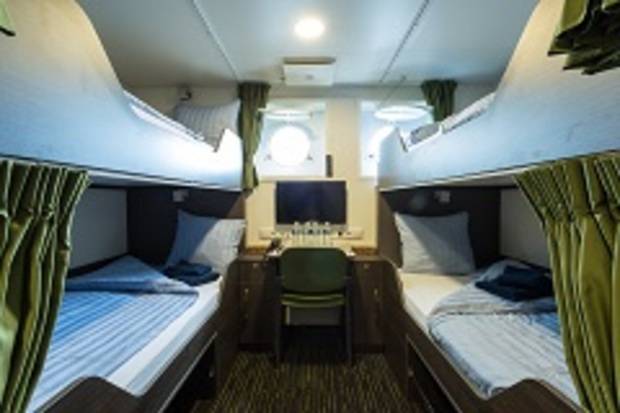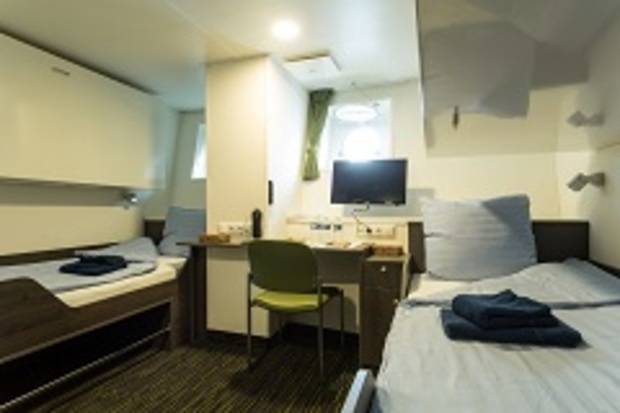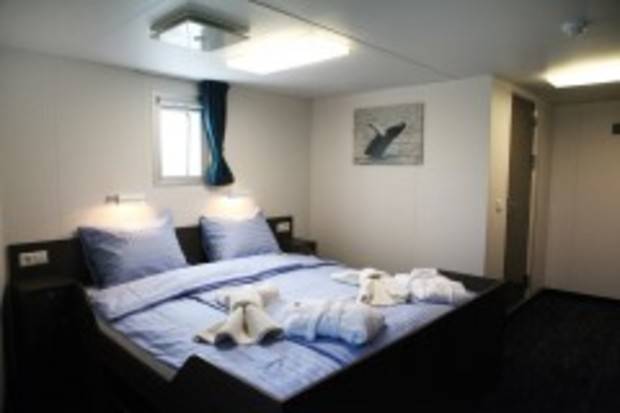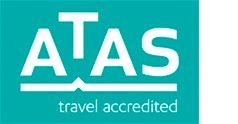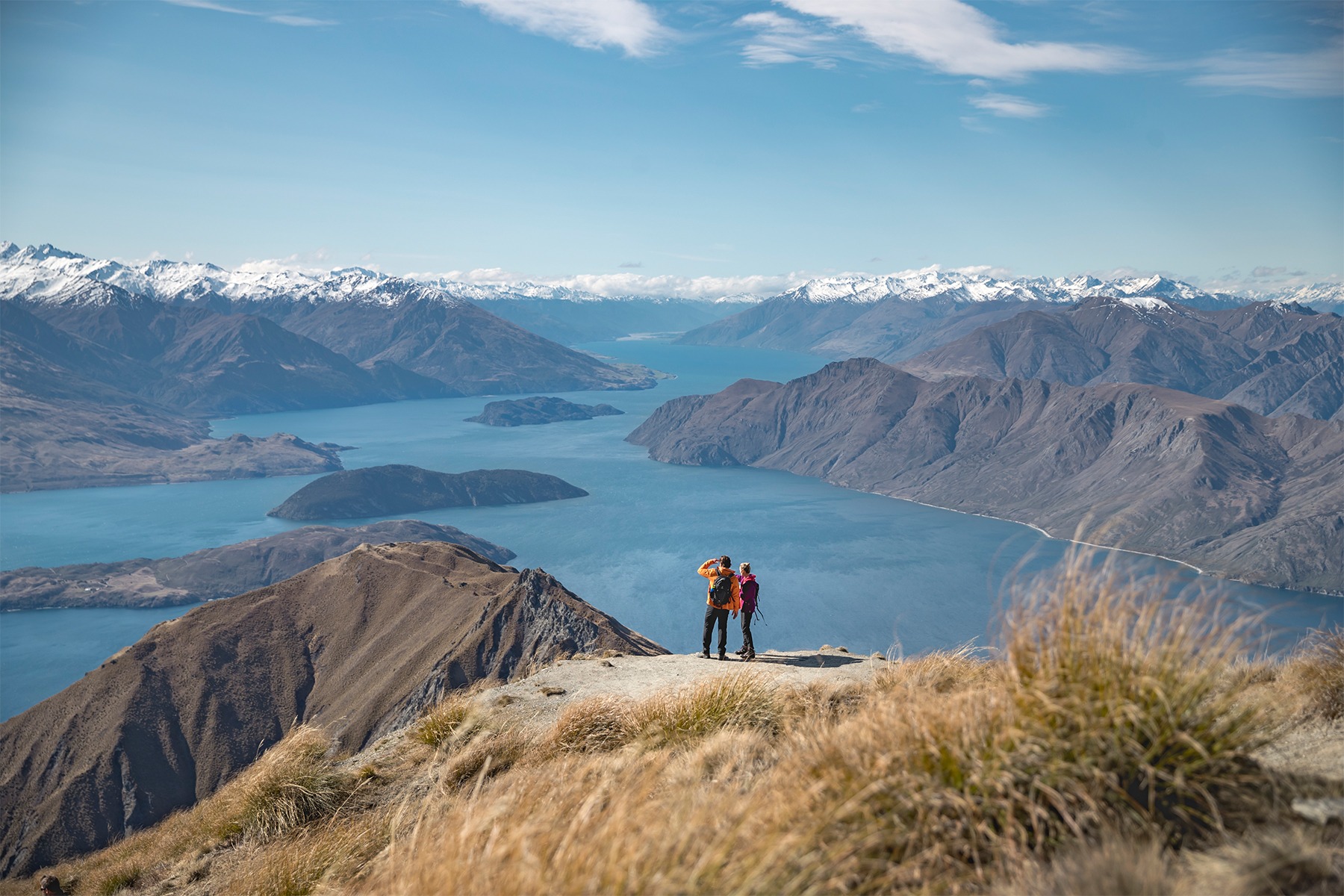Antarctica - Beyond the Polar Circle - Wilkins Ice Shelf - Aurora Australis
16 Days - Ortelius
This voyage is a true expedition, exploring the rarely visited region of the Bellingshausen Sea, Marguerite Bay, and Alexander Island. We explore many of the places discovered by Adrien de Gerlache on his Belgian Antarctic Expedition (1897 – 1899) aboard the Belgica. This voyage leaves Ushuaia and heads straight beyond Antarctic Circle, where we aim to spend the rest of the trip. The variety of landings and wilderness in this region are rivalled by few other places on Earth.
We will see Antarctic ice shelves, land on islands where few people have set foot, and enjoy this awe-inspiring area far from the beaten track of regular Antarctic cruises. We may also see a range of exotic wildlife, including humpback and minke whales, orcas, and a variety of seals: leopard, elephant, crabeater, Weddell, Antarctic fur, and maybe even a Ross seal. Gentoo and Adélie penguins, skuas, terns, and giant petrels are just some of the bird species we may see as well.
from NZD $18103pp

Home » 16 Day M/V Ortelius: Antarctica – Beyond the Polar Circle – Wilkins Ice Shelf – Aurora Australis
Itinerary Highlights
- Aurora Australis Viewing: Experience the rare and mesmerizing southern lights, or aurora australis, under optimal conditions as the sun's 11-year activity cycle peaks. The voyage below the Antarctic Circle, timed with little moonlight, provides the best chance to witness this enchanting phenomenon, far from any light pollution.
- Astronomy with Dr. Tyler Nordgren: Join Dr. Tyler Nordgren on deck for night sky viewing sessions, where he will guide you through the Southern Hemisphere's stars and constellations, including the Southern Cross and Magellanic Clouds. His expertise in astronomy and passion for auroras make for a fascinating celestial experience.
- Europa Exploration with Dr. Julie Rathbun: Engage in discussions with Dr. Julie Rathbun about how Antarctica serves as a valuable model for studying Europa, one of Jupiter’s moons. As part of NASA's Europa Clipper mission, launching in 2024, Dr. Rathbun will share insights into the quest to explore the liquid ocean beneath Europa's icy surface, blending polar and space science.
- Journey into the remote Bellingshausen Sea and Marguerite Bay, exploring pristine landscapes with few human footprints.
- Experience the awe-inspiring Wilkins Ice Shelf, where massive ice formations create a dramatic backdrop.
- Encounter a variety of wildlife, including whales, seals, and penguins, in their natural and unspoiled habitat.
Itinerary in Brief
- Day 1: End of the world, start of a journey
- Day 2 – 3: Path of the polar explorers
- Day 4: Through the Pendleton Strait
- Day 5: Detaille Island and The Gullet
- Day 6: Porquoi Pas and Horseshoe Islands
- Day 7 - 10: George IV and Wilkins Ice Shelf
- Day 11: Jenny and Leonie Islands
- Day 12: Lagoon and Mikkelsen Islands
- Day 13 - 15: Familiar seas, familiar friends
- Day 16: There and back again
This itinerary is a guide only and is subject to change due to weather, sea state and other conditions beyond control.

Day 1: End of the world, start of a journey
Your voyage begins where the world drops off. Ushuaia, Argentina, reputed to be the southernmost city on the planet, is located on the far southern tip of South America. Starting in the afternoon, you embark from this small resort town on Tierra del Fuego, nicknamed “The End of the World,” and sail the mountain-fringed Beagle Channel for the remainder of the evening.
Day 2 – 3: Path of the polar explorers
Over the next two days on the Drake Passage, you enjoy some of the same experiences encountered by the great polar explorers who first charted these regions: cool salt breezes, rolling seas, maybe even a fin whale spouting up sea spray. After passing the Antarctic Convergence – Antarctica’s natural boundary, formed when north-flowing cold waters collide with warmer sub-Antarctic seas – you are in the circum-Antarctic upwelling zone.
Not only does the marine life change, the avian life changes too. Wandering albatrosses, grey-headed albatrosses, black-browed albatrosses, light-mantled sooty albatrosses, cape pigeons, southern fulmars, Wilson’s storm petrels, blue petrels, and Antarctic petrels are a few of the birds you might see.
Day 4: Through the Pendleton Strait
You arrive at the Antarctic Peninsula near the Antarctic Circle in the afternoon. If sea ice allows it, you can then continue through Pendleton Strait and attempt a landing at the rarely visited southern tip of Renaud Island. Here you have the opportunity to see the first Adélie penguins of the trip as well as enjoy spectacular views of the icebergs in this surreal, snow-swept environment.
In the afternoon we sail to the Fish Islands and encounter one of the southernmost Adélie penguin and blue-eyed shag colonies in the Antarctic Peninsula.
Spending the night in the area of Crystal Sound the scenery will leave you staying up until the small hours, there is a chance to see Orca, Humpback and Minke Whale in this area.
Day 5: Detaille Island and The Gullet
Detaille Island – You may make a landing at an abandoned British research station here, taking in the island’s lofty position and imposing glaciers scenery.
We then sail through The Gullet, one of the most impressive narrow channels in Antarctic, with towering mountains either side, birds following the ship and playful penguins and seals frolicking in the water as we sail through this very special part of the journey. If ice conditions allow we will also carry out a landing or cruise in the afternoon.
Day 6: Porquoi Pas and Horseshoe Islands
Discovered and charted by the famous explorer Charcot, Pourquoi Pas offers a pleasant landing on a rocky beach against the backdrop of the mighty Moider Glacier. A gentle walk from the landing site provides an impressive view, while Antarctic furs seals relaxing behind the beach are a nice addition to the wildlife we’ve encountered on this voyage.
After lunch we head toward Horseshoe Island, named for its distinctive shape. An abandoned research station provides an insight into the early days of scientific research, and original artifacts show how different life was in those pioneering days. The hut is set among some of the most beautiful scenery in Antarctica, with views over the mountains and snow of Pourquoi Pas Island as well as Horseshoe Island’s mountain range. This is a photographic landing in many senses. Two old wooden boats even remain at the landing site as if waiting for their final launch.
Day 7 - 10: George IV and Wilkins Ice Shelf
Provided ice and weather conditions allow, you next head toward Antarctica’s ice shelves (the George IV and Wilkins). Here we hope to show you the scale of these vast cliffs and expanses of ice that will dwarf us and our ship. A range of Antarctic wildlife like humpback whales, fur seals, Adélie penguins, and maybe even one or more Ross’ seals may appear.
Day 11: Jenny and Leonie Islands
Jenny Island will give another aspect to your Antarctic experience, offering raised beaches, hanging glaciers, and moss carpets. The island is also popular with wildlife: Terns, skuas, elephant seals, leopard seals, and Adélie penguins are all regular visitors.
A landing at Leonie Island will take your breath away. There is also the possibility to take a hike to the peak of the island, giving you a dramatic panorama of Marguerite Bay and Adelaide Island.
Day 12: Lagoon and Mikkelsen Islands
Lagoon island is the most northern island of the Leonie Islands group, also discovered and charted by Jean-Baptiste Charcot. This low laying island will provide a stark contrast to the previous days with its gently sloped beaches and flat areas to explore. The wildlife here will varies depending on snow cover. If there is little snow the ground is almost desert-like in appearance.
The Mikkelsen Islands offer a spectacular Zodiac cruise where we hope to encounter up to five Antarctic seal species. We may also see some beautiful birdlife, such as giant petrels and Adélie penguins.
Day 13 - 15: Familiar seas, familiar friends
Your return voyage is far from lonely. While crossing the Drake, you’re again greeted by the vast array of seabirds remembered from the passage south. But they seem a little more familiar to you now, and you to them.
Day 16: There and back again
Every adventure, no matter how grand, must eventually come to an end. It’s now time to disembark in Ushuaia, but with memories that will accompany you wherever your next adventure lies.
This itinerary is a guide only and is subject to change due to weather, sea state and other conditions beyond control.
| Dates | Cabin | From | Special Offer |
|---|---|---|---|
| 21 Mar 2025 - 05 Apr 2025 | NZD $18103pp | ||
| Quadruple Porthole Cabin | NZD $18103pp | Contact us | |
| Twin Porthole Cabin | NZD $22069pp | Contact us | |
| Triple Porthole Cabin | NZD $22069pp | Contact us | |
| Twin Window Cabin | NZD $23103pp | Contact us | |
| Twin Deluxe Cabin | NZD $24655pp | Contact us | |
| Superior Cabin | NZD $26379pp | Contact us | |
**Prices are per person based on twin / shared accommodation.
**Single supplements may apply
Cabin Details
Quadruple Porthole Cabin
Located on deck 3; two porthole windows, 2 upper and 2 lower berths, private shower and toilet, desk and chair, hair dryer and ample storage space.
Triple Porthole Cabin
Located on Deck 3; two portholes, 1 upper and 2 lower berths, private shower and toilet, desk and chair, hair dryer and ample storage space.
Twin Porthole Cabin
Located on Deck 3 and on Deck 4; two porthole windows, private toilet and shower, two single lower berths, desk and chair, hair dryer and ample storage space. Cabins on deck 4 are quieter than cabins on deck 3: farther away from the noise of engines and generators. Access to the forward observation deck.
Twin Window Cabin
Three windows; 2 lower berths; Private shower & toilet; Desk & chair; Flatscreen TV; Telephone & WiFi (supplemented); Hair dryer; Ample storage space
Twin Deluxe Cabin
Located on Deck 5; three windows; 2 lower berths; Private shower & toilet; Desk & chair; Small sofa; Refrigerator; Coffee & tea maker; Flatscreen TV; Telephone & WiFi (supplemented); Hair dryer; Ample storage space
Superior Cabin
Located on Deck 5; two windows minimum, one double bed, one single (sofa) bed, private toilet and shower, desk and chair, flat screen TV, refrigerator, hairdryer, coffee & tea maker, ample storage space. The quietest cabin deck and has the best access to upper observation decks and the ship's bridge.
Ortelius Deckplan

Specifications
- Passengers: 108 in 50 cabins
- Staff & crew: 53 (Crew 44 | Guides 8 | Doctor 1)
- Length: 90.95 meters
- Breadth: 17.20 meters
- Draft: 5.4 meters
- Ice class: UL1 (Equivalent to 1A)
- Displacement: 4090 tonnes
- Propulsion: 6 ZL 40/48 SULZER
- Speed: 10.5 knots average cruising speed
- Year built: 1989
Whats included?
- Voyage aboard the indicated vessel as indicated in the itinerary
- All meals throughout the voyage aboard the ship including snacks, coffee and tea.
- All shore excursions and activities throughout the voyage by Zodiac.
- Program of lectures by noted naturalists and leadership by experienced expedition staff.
- Free use of rubber boots and snowshoes.
- Luggage transfer from pick-up point to the vessel on the day of embarkation, in Ushuaia.
- Pre-scheduled group transfer from the vessel to the airport in Ushuaia (directly after disembarkation).
- All miscellaneous service taxes and port charges throughout the programme.
- Comprehensive pre-departure material.
- Free internet: daily allowance of 1.5 GB of free internet connectivity
What’s not included?
- Any airfare, whether on scheduled or charter flights.
- Pre- and post- land arrangements.
- Passport and visa expenses.
- Government arrival and departure taxes.
- Meals ashore.
- Baggage, cancellation and personal insurance (which is strongly recommended).
- Excess baggage charges and all items of a personal nature such as laundry, bar, beverage charges and telecommunication charges.
- The customary gratuity at the end of the voyages for stewards and other service personnel aboard (guidelines will be provided).
Notes
PLEASE NOTE:
All itineraries are for guidance only. Programs may vary depending on ice, weather, and wildlife conditions. Landings are subject to site availabilities, permissions, and environmental concerns per IAATO regulations. Official sailing plans and landing slots are scheduled with IAATO prior to the start of the season, but the expedition leader determines the final plan. Flexibility is paramount for expedition cruises. The average cruising speed for our vessel is 10.5 knots.













